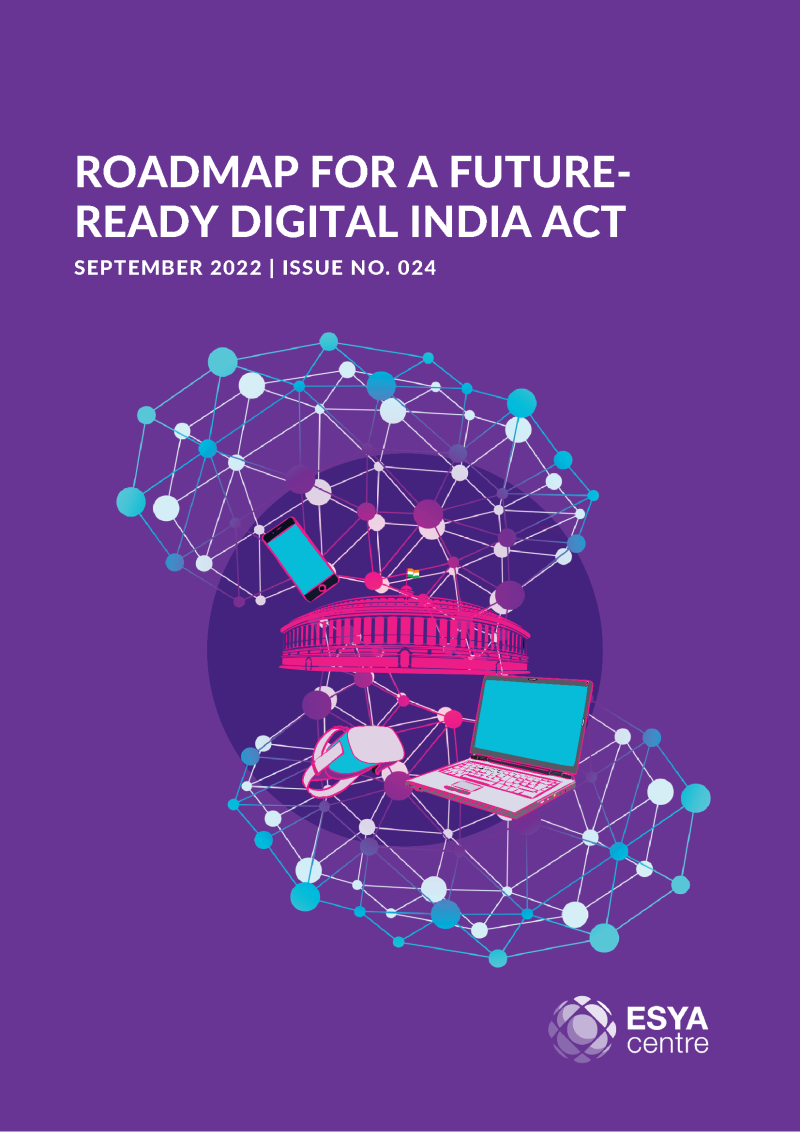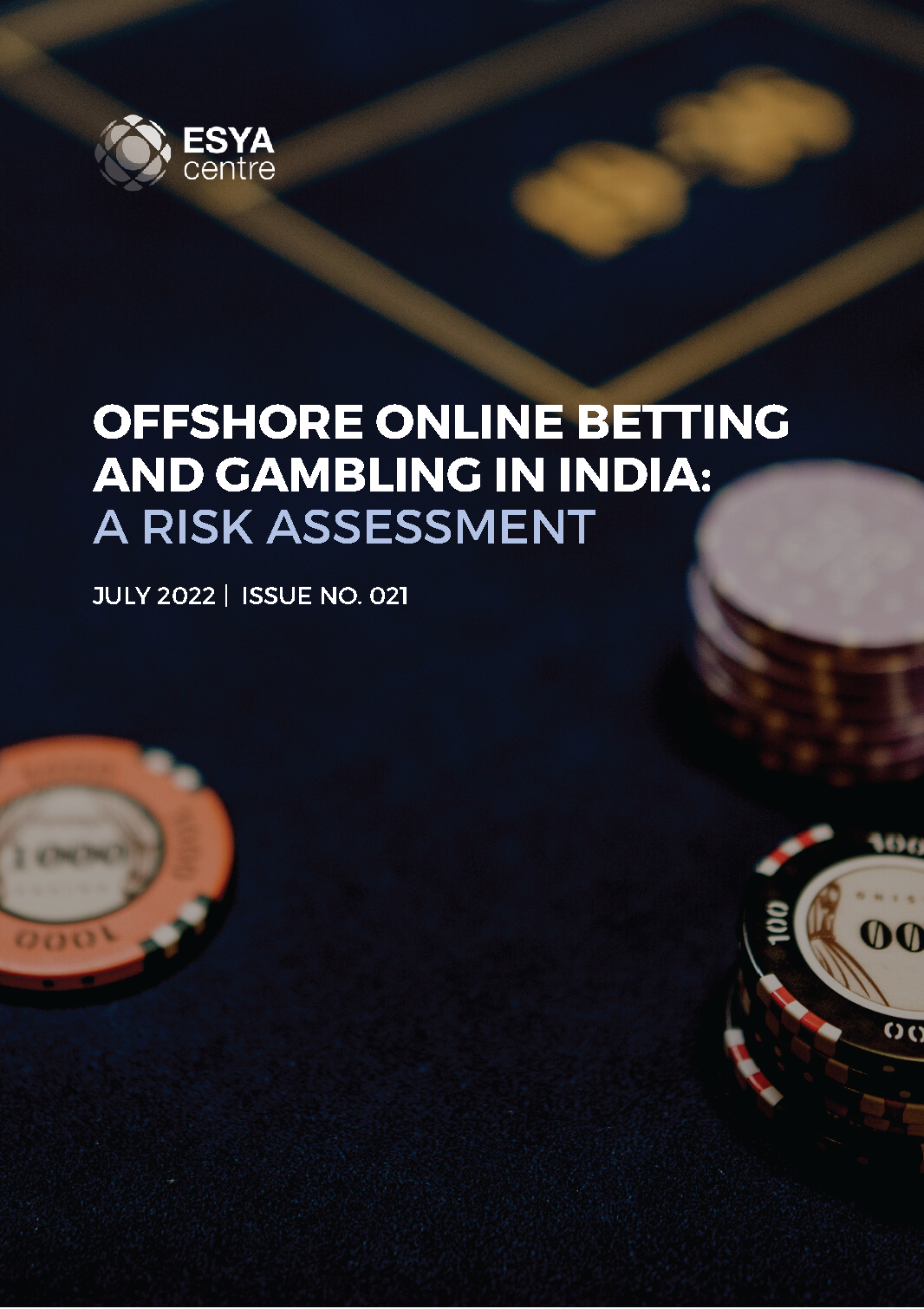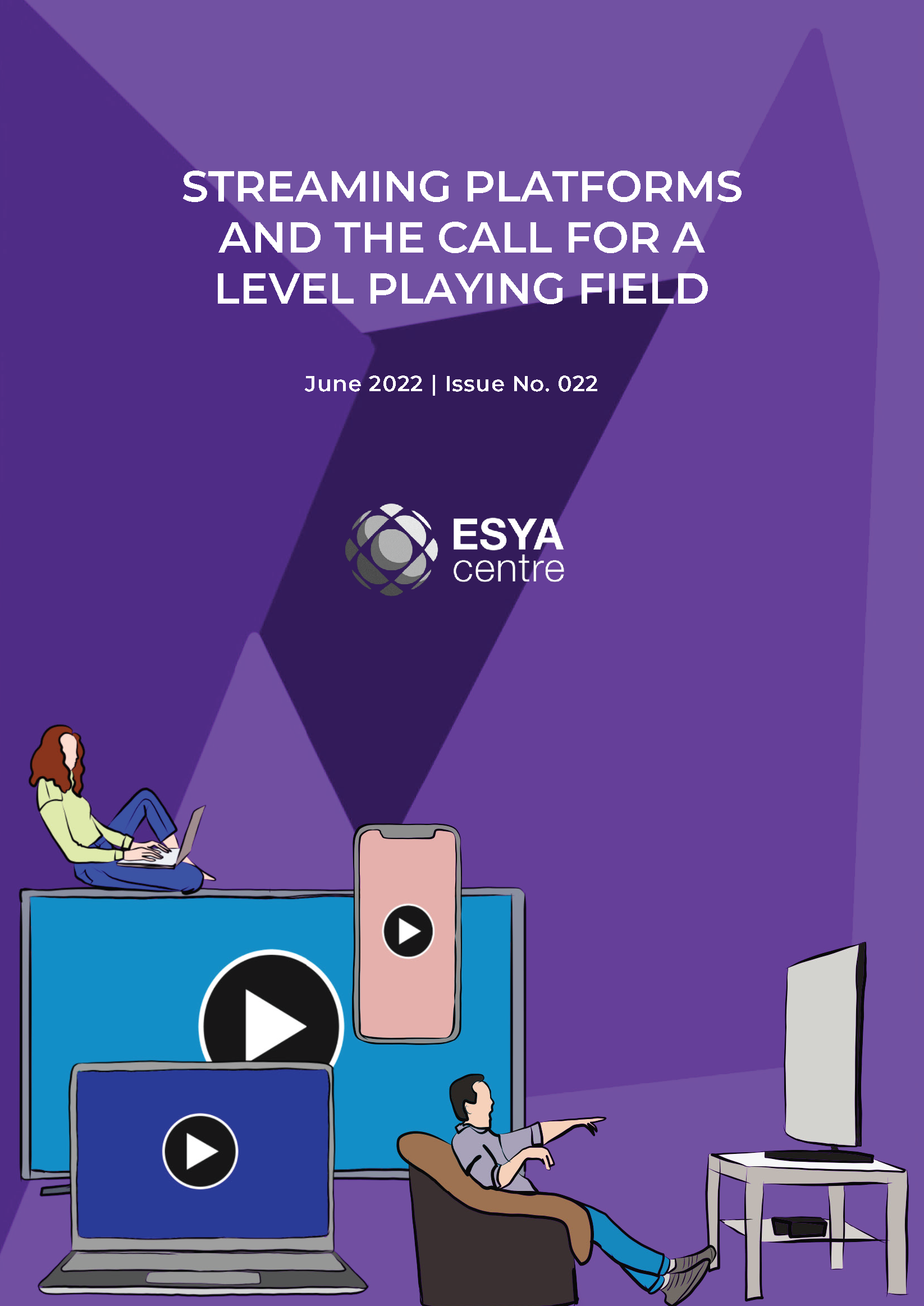Description: Telecom service providers (TSPs) have been pushing for the regulation of over-the-top (OTT) service providers in India since 2015. Meanwhile, OTT firms maintain that their services are not comparable with telecom. The debate centres on two issues in particular: same service, same rules and infrastructure cost sharing. The merits of the TSPs’ demands and counterarguments are explored in this paper.
Part 1 of this paper outlines the demands raised by TSPs and the merits of these from a historical and legal perspective.
Part 2 of the paper compares OTT regulation trends across some jurisdictions. The aim is to trace the changes made to telecom regulations internationally in response to emerging technologies and ask whether OTTs have been brought under the regulatory regime for TSPs.
Finally, in Part 3 of the paper, through insights from historical and legal analysis and from a comparative standpoint, we recommend the approach the government should adopt.
Attribution: Noyanika Batta. Regulation of OTT Communications Services: Justified Concern or Exaggerated Fear? January 2023, Esya Centre.





















